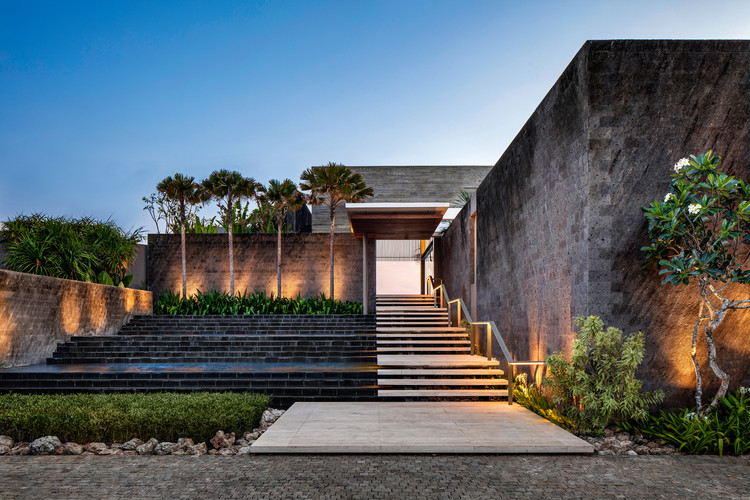
-
Architects: SAOTA
- Area: 152524 ft²
- Year: 2018
-
Photographs:Adam Letch
-
Manufacturers: Flos, Kettal, Molteni & C, Paola Lenti
-
Architect of Record: H+H Architecture

Text description provided by the architects. This resort‐inspired home in Bali’s iconic surf destination, Uluwatu, puts a contemporary spin on local materiality and vernacular architecture to create a luxurious modern holiday home deeply attuned to its beautiful surroundings.

























